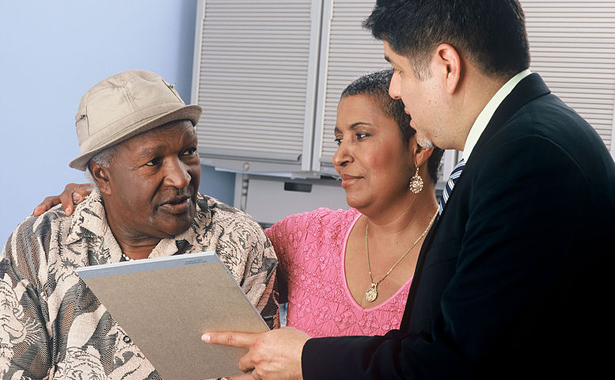Tackling the Barriers Between Health Professionals and Spanish-Speaking Communities

Communication is essential to doctors, nurses, and other health professionals, but language and cultural barriers prevent many people in the U.S. from communicating effectively with their health care providers. But language scholars in North Carolina are trying to improve the situation, with a suite of programs and resources designed to improve Spanish-language communication efforts for health care professionals and their patients.
Where does it hurt? What medications are you on? How long have you had these symptoms? These are basic questions, but are critical to the diagnosis of health problems. And the questions only become more complicated when you move into talking about treatment options or areas related to public health or medical research. How do you say “clinical trials” in Spanish?
English medical terms and terminology are often daunting to those who were raised speaking English. But millions of people in the U.S. face an even greater challenge. According to the U.S. Census Bureau, 52 million people in the U.S. identify as Hispanic – and more than 75 percent of them speak Spanish at home.
To help health professionals communicate effectively with Spanish-speaking communities, Spanish-language scholars at NC State University have launched a project they call ProSalud, or “ProHealth.” The project includes a textbook focused on health communication in Spanish, an online certification program in Spanish for health professionals that is open to the public, and an online course for NC State students.
The book, “El Mundo Hispano y la Salud” (The Spanish World and Health), “addresses cultural differences, not just the language barrier,” says Ana Gray, a Spanish instructor at NC State who co-authored the book and is one of the three people behind ProSalud. “For example, in most Spanish-speaking cultures, whether it’s an emergency or a check-up, the entire family is involved in issues related to health. Ten people will show up when someone goes to the emergency room. A lot of American doctors and nurses don’t know what’s going on.”
“We wrote the book because we couldn’t find a text that addressed these issues for intermediate Spanish speakers,” says Cheryl Block, a Spanish instructor at NC State who worked as a Spanish-language translator in the public health sector. Block and a translator named Patricia Willoughby are also co-authors of the book and the other people behind ProSalud.
The book builds on Block and Gray’s previous work to establish an online exam that offers people the ability to be certified in Spanish for health professionals. The certificate does not require fluent expertise as a translator, but it does require a functional ability to communicate effectively about health and medical issues.
“To earn the certificate, you have to demonstrate a competence in Spanish language and grammar, as well as a comprehension of medical terms in Spanish,” says Gray, who has done extensive work in medical translation. “And that ability to communicate effectively with the Spanish-speaking public is increasingly important for both the medical community and their patients.”
For years, Block taught a course on medical Spanish in the classroom. But in 2012, she and Gray moved the course online. The course is available through NC State, and fulfills student foreign language requirements. “But placing the course online will hopefully allow us to reach more people,” Block says. “This is an issue for practicing health professionals, for public health workers, for social workers, and anyone engaged in medical research. We’re hoping this can make a difference for people.” The course, labeled FLS 201-603, is open to students and the public who have fulfilled course requirements involving basic Spanish language skills.
- Categories:


